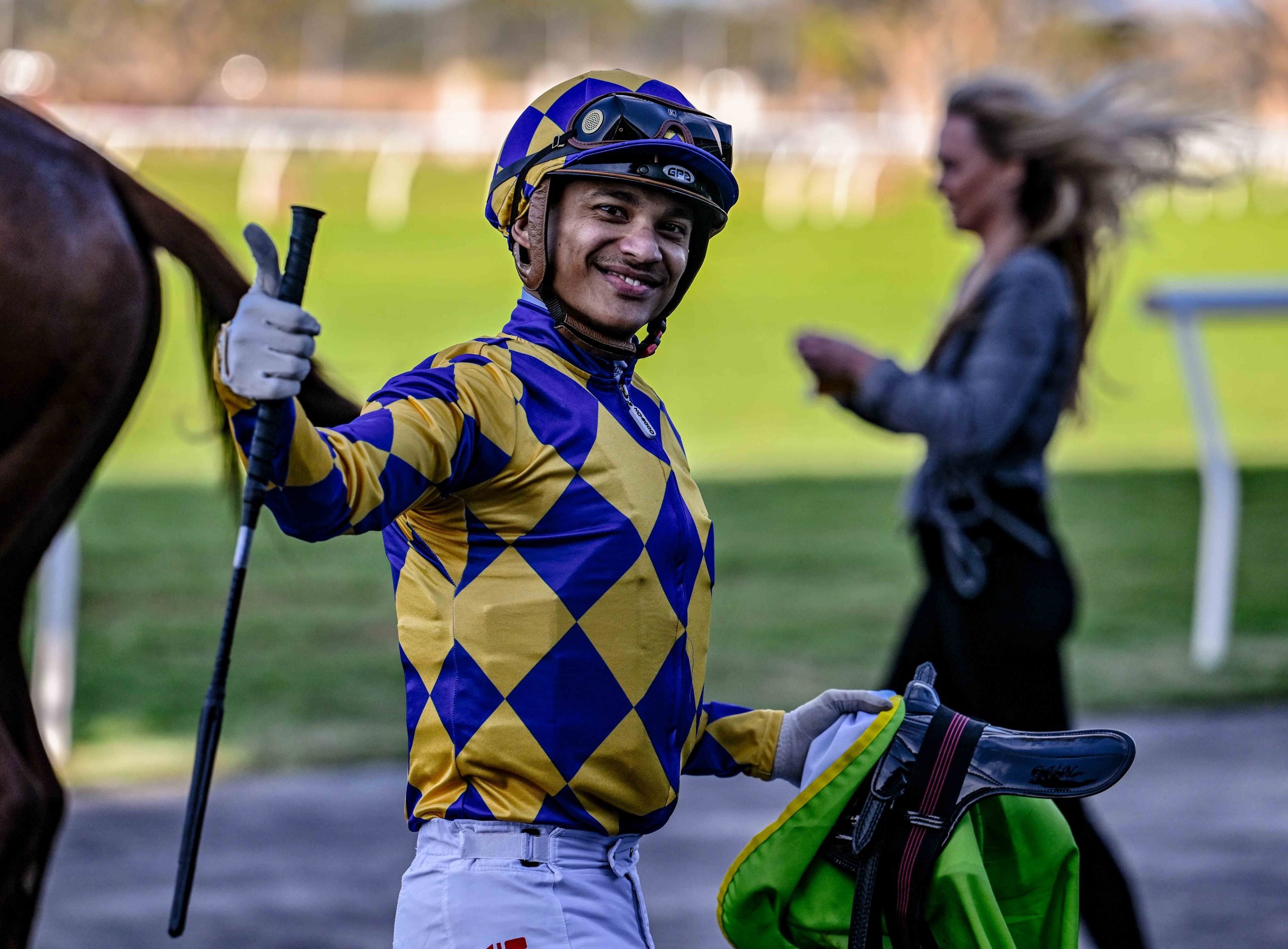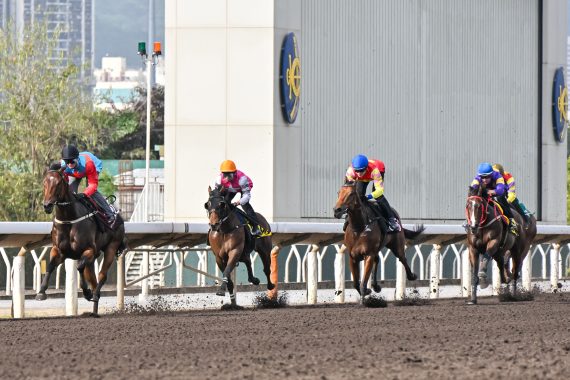A maximum of 34 runners will be allowed to run in the Randox Grand National from next year to help reduce risk in the world’s most famous race.
The smaller number of participants – 40 have annually been allowed since 1984 – is among a raft of changes announced on Thursday morning by The Jockey Club, the owners of Aintree.
Other significant alterations to the £1 million feature include the first fence being moved 60 yards closer to the start, plus a standing start being re-implemented. The start time of the race will be brought forward to help avoid the possibility of the ground drying out, while there will also be changes to the paddock, pre-race parade and 11th fence.
The latest renewal in April, which was delayed for 14 minutes by protestors, proved uncomfortable viewing for fans of the sport and once-a-year spectators alike. Eight horses had either fallen or unseated their riders by the second fence, with Hill Sixteen being fatally injured.
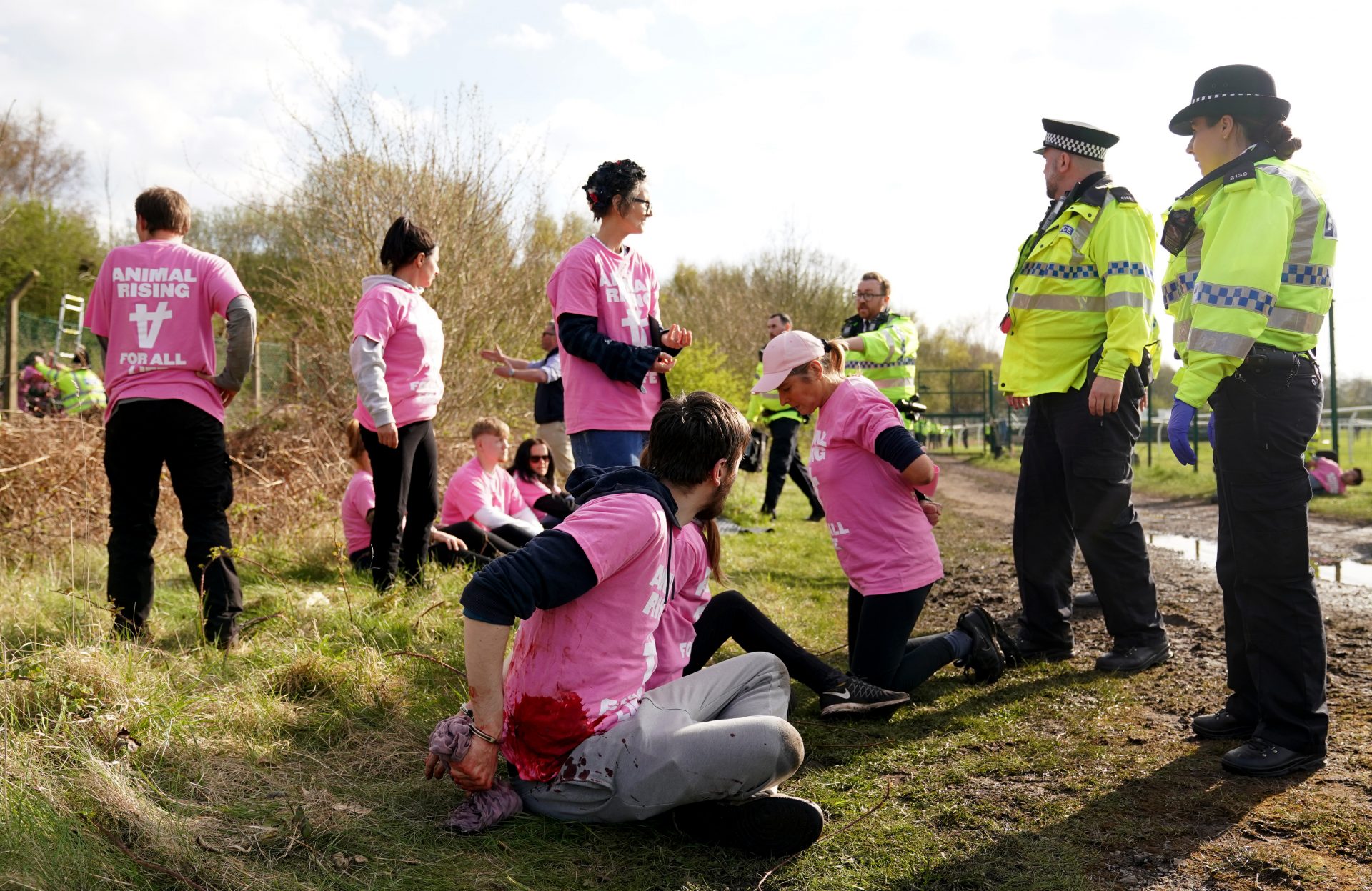
Following their annual review into all aspects of the race, The Jockey Club, supported by industry body the British Horseracing Authority (BHA), says it has recognised the need for change to protect the welfare of racehorses and jockeys.
The start of the National is often frenetic with riders naturally keen to get a decent early position. However, five horses either fell or unseated their riders at the first fence in the latest running, having had the best part of 24 seconds to build up a head of steam. An aggregate of 19 have departed there in the past nine renewals – more than at any other obstacle in the race.
The 4ft 6in fence is one of the smallest on the course and not the issue, but the speed at which it is often approached – about 34mph to 35mph in recent years – certainly has been. That is emphasised by the fact that in the past decade all horses have negotiated it without any issues on the second circuit of the race, when it becomes the 17th fence. The new measures are designed to help reduce the early risk.
Meanwhile, The Grand National Review Panel, a group of industry experts who have assessed the suitability of every horse entered to run over the National fences since 1999, will further enhance its procedures to scrutinise horses entered in the race that have made jumping errors in 50 per cent or more of their last eight races, before allowing them to run.
Also, the minimum handicap rating for all horses running in the race will be raised to 130 from 125, although that is unlikely to be a factor. The 34th horse in this year’s race had a mark of 143.
Noble Yeats might have tested the “jumping errors” benchmark before his win a couple of years ago and one of the race’s most famous winners, Red Marauder, would almost certainly have failed it before his 50/1 victory in 2001. He was renowned as a sketchy jumper and had fallen in the race 12 months earlier, plus in his race immediately beforehand.
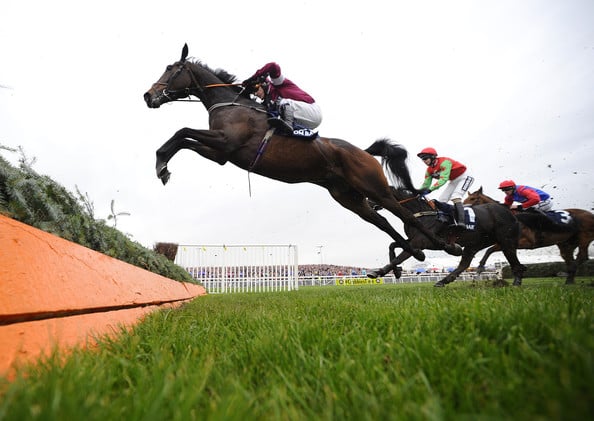
Bringing forward the start time to provide the best possible ground conditions is logical – it can be breezy and sunny in early April – and there will be further investment in pop-up irrigation to allow for more effective watering of the course.
In addition, alterations will be made to the alignment of running rail on the inside of the course to assist with the early capture of loose horses, while foam and rubber toe boards will be introduced at every fence, with Fence 11 reduced in height by two inches (from 5ft to 4ft 10in), with some ‘levelling off’ on landing side to reduce the height of the drop.
The walkways in the paddock are to be widened plus horses will no longer be led by a handler on-course during the pre-Grand National parade. Instead, they will be released at the end of the horse walk to then canter in front of the grandstands to allow them to prepare for their race in their own time.
These are the biggest changes since 2013, when the race was shortened in distance by about a quarter of a mile and the fences modified and landings levelled.
There were no fatalities in the first six editions of the National after those amendments, but five horses have lost their lives in the past four renewals – three of them as a direct consequence of falls or being brought down.
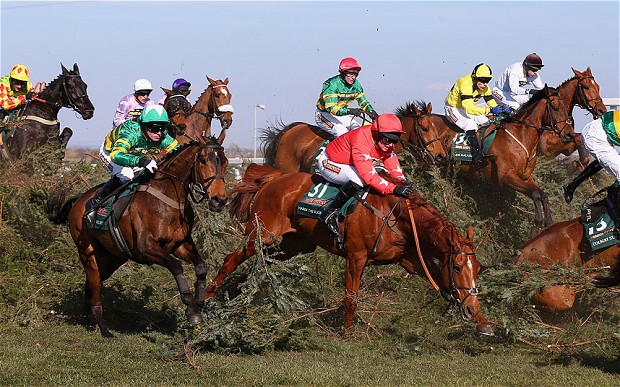
Nevin Truesdale, Chief Executive of The Jockey Club, says the changes to the Grand National are part of the organisation’s “relentless focus on welfare”.
He said: “The Randox Grand National is the most iconic race in the world and one which transcends our sport. It is part of the fabric of British sporting life alongside the likes of Wimbledon, the FA Cup and the Open golf and is loved and watched by millions of people all over the world every year.
“For many it is also their introduction to horseracing, and I believe that a competitive, fair and safe Randox Grand National is one of the best ways of ensuring the sport continues to thrive for generations to come and remains an important part of Britain’s culture and economy.
“That means our sport, like many other sports have done, needs to recognise when action needs to be taken to evolve because the safety and care of horses and jockeys will always be our number one priority. In making these changes at Aintree we are underlining our relentless focus on welfare and our commitment to powering the future of British racing.”
Sulekha Varma, The Jockey Club’s North West Head of Racing and Clerk of the Course at Aintree, led the review process and oversees all aspects of the racing surface, fences and pre-race preparatory areas for participants.
Explaining the decision-making process, she said: “The welfare of our racehorses and jockeys is our number one priority at Aintree and we have invested significantly in equine welfare over many years. We continually review the Grand National and following an in-depth, evidence-based review process this year, we are announcing several changes as part of its continued evolution.
“One of our key areas of focus is reducing the risk of incidents during the race. We know from research papers and internal analysis of jump races that there is a direct correlation between the number of runners and the risk of falling, unseating or being brought down.
“However, we also must consider that reducing the field size by too great a number could create a faster race and have an adverse impact in terms of safety. Using the information available to us and considering the experiences of participants, our conclusion is that 34 should be the maximum number of runners in the race which we hope will result in the least number of incidents.”
She added: “Another key area of our focus was addressing the start of the race and implementing change to slow down its earliest stages. Relocating the first fence will reduce the opportunity to build up too much speed on the approach and re-introducing the standing start should also help to reduce speed.
“We also considered the start time of the race, which was traditionally much earlier in the afternoon but changed to 5.15pm in 2016. While this has helped build excitement among the crowd throughout the afternoon, it has proved challenging in managing the ground. Returning to an earlier race time was recommended by both the BHA Executive and Horse Welfare Board in their feedback.
“The benefits and relevance of the pre-race parade of horses in front of the grandstand was also brought into question. We hope that allowing jockeys to canter their horses in front of the stands at their own pace will help create a calmer environment during the build-up to the race.”
- Racing TV







